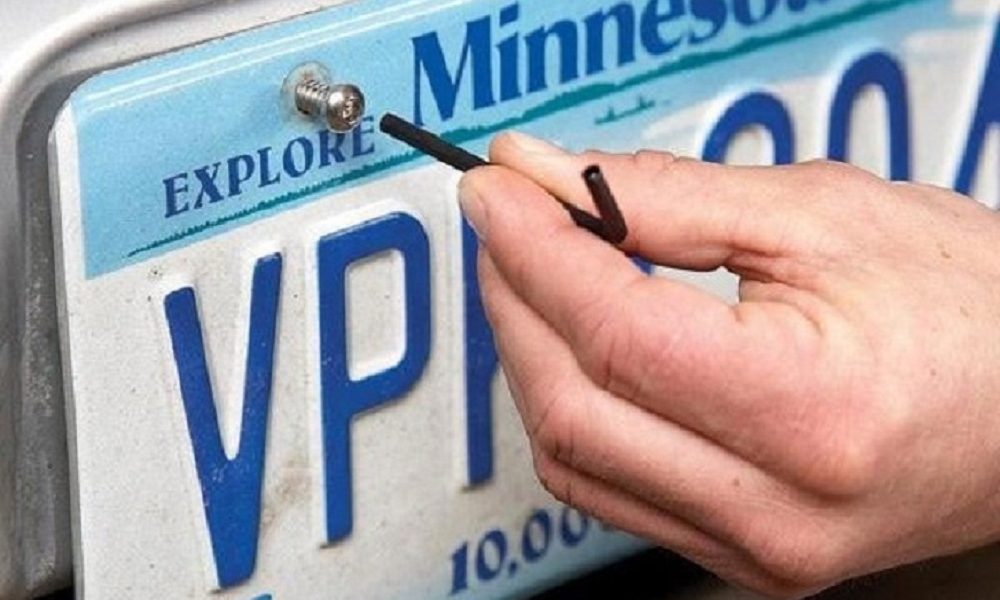
How to Put a License Plate on a Car: The Ultimate Beginner’s Guide

Installing a license plate on a car is an essential skill for every driver. Whether you’ve just received new plates or need to replace old ones, knowing how to put a license plate on a car ensures that you’re always road-ready and legal. This guide provides a clear, step-by-step process to help you easily accomplish this task.
How to Put a License Plate on a Car in 7 Simple Steps
1. Gather Your Tools and Supplies
Before starting, ensure you have everything you need. Typically, this includes a Phillips or flathead screwdriver, your new license plate, and the appropriate screws. For new vehicles, these screws might be found in the glove compartment or center console. Having everything prepared will make the installation process smooth and efficient.
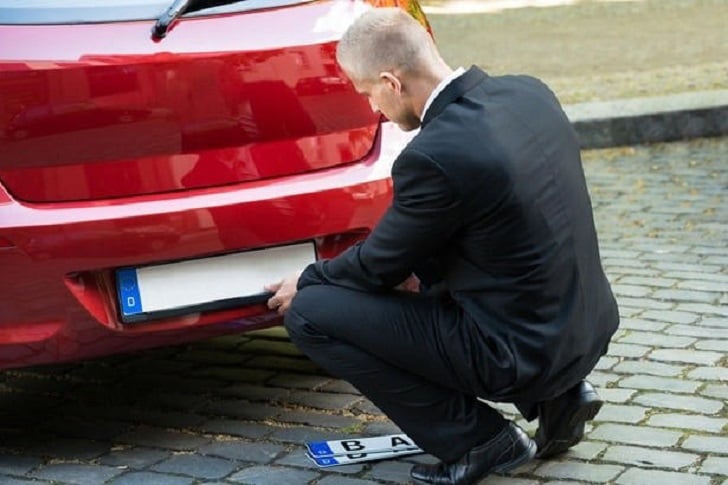
Ignacio Gregoroff | MSN | Before starting, ensure you have everything you need to attach the license plate.
2. Remove the Old License Plate
Begin by removing the existing plate. Use your screwdriver to unscrew the bolts holding the plate in place. Turn the screws counterclockwise to loosen them. Once the screws are out, place them in a safe spot, as you’ll need them to attach the new plate. Carefully take off the old plate and set it aside.
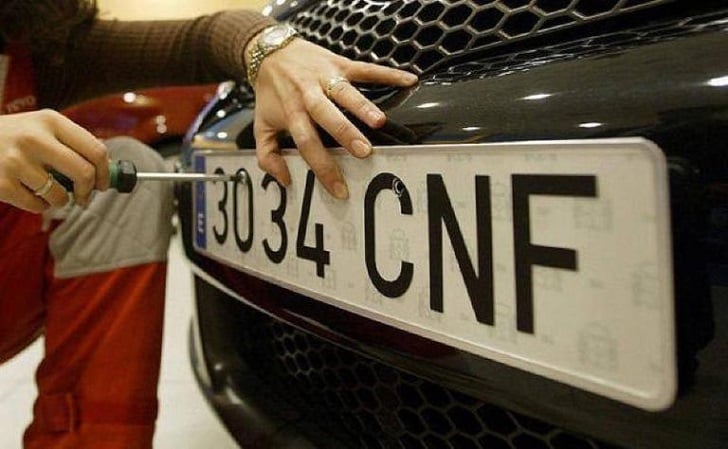
Ailén Laurens | MSN | Use your screwdriver to unscrew the bolts holding the existing plate in place.
3. Align the New License Plate
Take your new license plate and position it so that the pre-drilled holes align with those on your vehicle’s bumper. Ensuring a proper alignment will make the attachment process straightforward and secure.
4. Attach the New License Plate
Using the screws you removed earlier, start securing the new plate. Insert the screws through the holes in the plate and into the vehicle’s bumper. Turn the screws clockwise until the plate is firmly attached. Be cautious not to overtighten, as this can strip the screws or damage the plate.
5. Affix the Expiration Date Sticker
Depending on your state’s requirements, you’ll need to place an expiration date sticker on the new plate. Typically, this sticker goes in the upper left or right corner of the plate. Some states may require you to place this sticker on the windshield instead, so check your local regulations to be sure.
6. Store Your Vehicle’s Registration
Once your new license plate is securely attached, place your vehicle’s registration receipt in the glove box along with your owner’s manual and insurance card. Keeping these documents handy ensures you have proof of registration and insurance available if needed.
7. Final Check
After completing the installation, give the plate a final check. Ensure that it is secure and positioned correctly. This quick verification step guarantees that your plate is properly mounted and ready for the road.
Tips for a Smooth Installation
- Check State Requirements: Different states have specific guidelines for license plate placement and sticker application. Always verify your state’s requirements to ensure compliance.
- Keep Extra Screws Handy: Over time, screws can become worn or lost. Having extras on hand can save time and frustration during installation.
- Use the Right Screwdriver: Using the appropriate screwdriver, whether Phillips or flathead, will make removing and attaching screws much easier and prevent damage to the screws or plate.
By following these steps, installing a license plate on your car becomes a simple task that can be completed in minutes. Proper installation not only keeps you compliant with state laws but also ensures that your vehicle looks neat and well-maintained.
More inAdvice
-
`
Drivers’ Health is Often Overlooked – Here’s How to Safeguard It
Drivers’ health is often overlooked. Yet, it is the backbone of safe and efficient transportation. Spending long hours behind the wheel...
December 1, 2024 -
`
How to Change Engine Oil at Home in 10 Simple Steps
Maintaining your car’s engine is essential, but taking it to the shop for routine oil changes can be inconvenient and costly....
December 1, 2024 -
`
Should You Consider Winter Tires or Stick With All-Season Tires?
Winter tires can significantly enhance road safety during colder months, especially when temperatures consistently drop below 7°C. With their superior grip...
November 23, 2024 -
`
Expert Tips to Avoid the Most Common Car Insurance Scams
Car insurance scams are costing drivers millions and creating unnecessary stress for victims. These fraudulent schemes are becoming increasingly sophisticated, with...
November 23, 2024 -
`
Nissan’s 2026 EV Set to Revolutionize Home Energy with V2G Technology
Nissan’s upcoming 2026 electric vehicle (EV) lineup promises to introduce groundbreaking vehicle-to-grid (V2G) technology, redefining how EVs interact with home energy...
November 14, 2024 -
`
Are Subsidized Company Cars Blocking EV Growth in Germany?
Germany’s subsidized company car policy, where companies receive tax benefits to purchase vehicles, is significantly impacting the adoption of electric vehicles...
November 8, 2024 -
`
10 Effective Tips for Passing Your Driving Test with Ease
Passing your driving test can seem daunting, but with preparation and confidence, you can achieve success. Each step leading up to...
November 8, 2024 -
`
How to Change a Tire Quickly: 10 Simple Tips for Success
Changing a flat tyre is a vital skill that can save time and hassle. Knowing how to change a tyre quickly...
November 1, 2024 -
`
How to Secure Cheap Car Insurance in Under an Hour
Looking for cheap car insurance can be overwhelming, but the good news is you can secure coverage quickly and affordably. In...
November 1, 2024



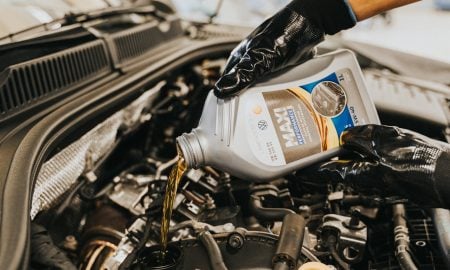
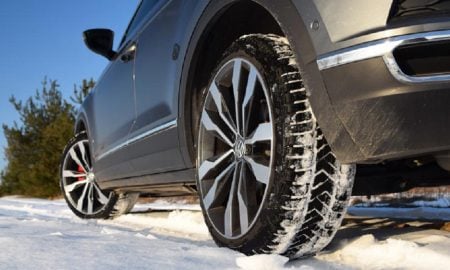

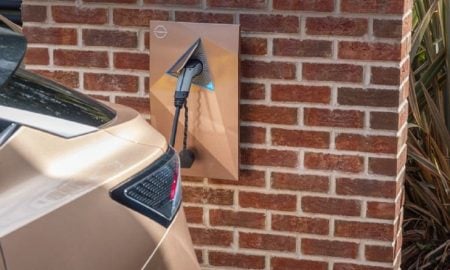

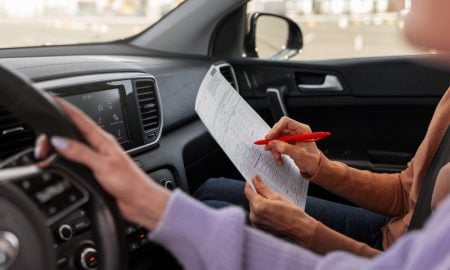
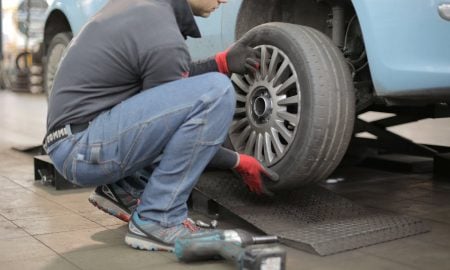



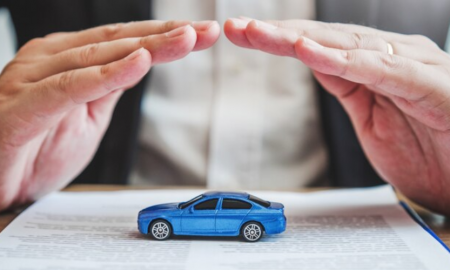


You must be logged in to post a comment Login